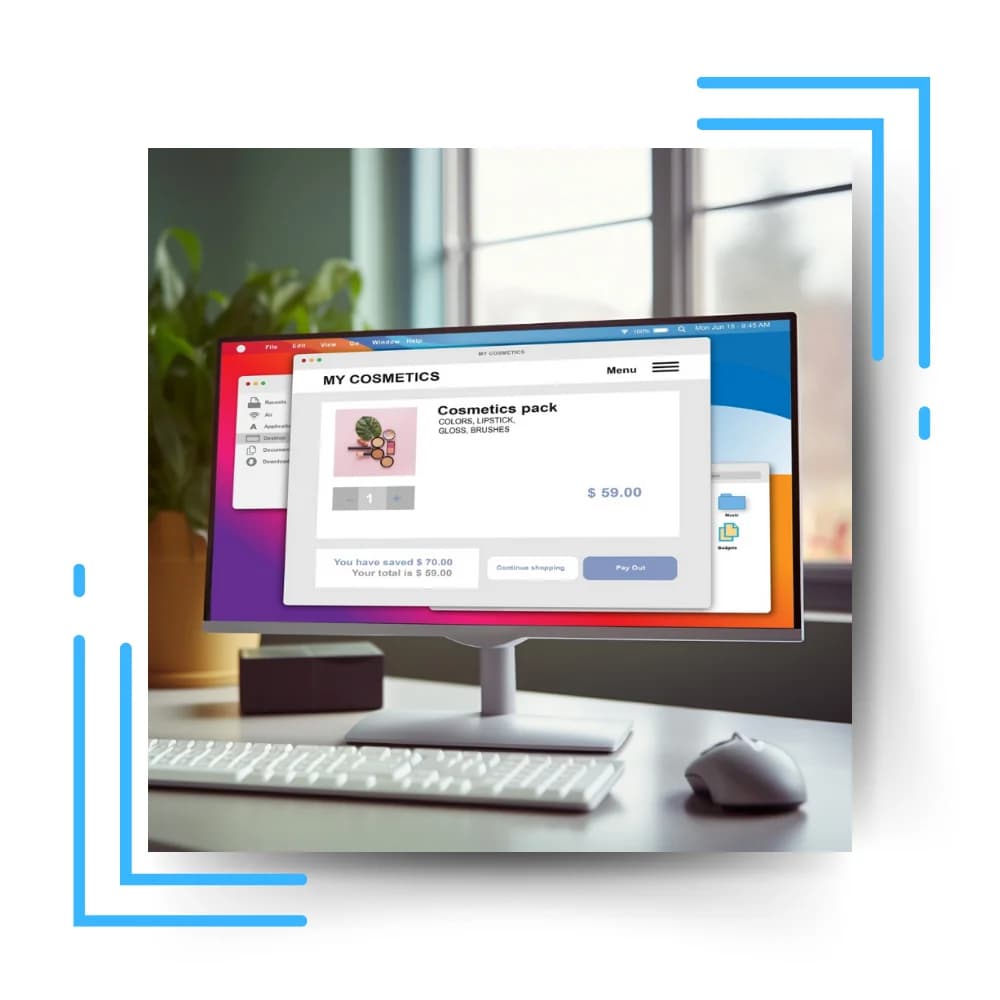Can an invoice amount be changed after it has generated a bill?

You booked a straight haircut package, and the cashier handed over a little note to you. Think of that little note as the invoice — a detailed receipt of your salon visit. It outlines the services you received, the agreed-upon prices, and payment terms. The stylist hands you the bill, you settle the charges, and they whisk you off to the shampoo chair. Now, what if, halfway through the process, you decide that a curly haircut would look good on you rather than the straight haircut you initially requested? Can you wave them down and demand a revised receipt?
Changing an invoice after it's generated, like altering your salon order mid-appointment, can be tricky. In the business world, where accuracy and transparency are paramount, modifying an invoice is more complex than saying, "Oops! So sorry, I want a curly haircut" While complete reversals are sometimes possible, depending on the situation and billing software, it's crucial to understand the implications and explore alternative solutions first.
An invoice is an essential part of almost every financial relationship or transaction. It describes what payment is for; it gives more details like quantity and prices before and after tax, if any. The needs of businesses, from the solopreneur to the bustling corporations, might make them adopt different business models that include invoices and billing software. These various invoices and billing software could decide how much change is made after an invoice has generated a bill.
When Can You Edit the Check?

In some cases, minor adjustments might be possible in certain billing software for small businesses. Most billing software allows swift modifications, such as if you notice a typo in the product description or need to update the quantity before finalizing the bill. However, once the Invoice is issued and payment terms are in place, things can get a tad more complex. Significant changes demand caution and alternative solutions like credit notes or new invoices.
Modifying an invoice after generating a bill isn't just ethically questionable. It has legal and financial complications; an invoice is a legal document admissible in court. It alters a business agreement mid-stream, especially after payment, and can cause delays and headaches in larger businesses.
What to do instead of changing an invoice

Instead of directly altering an existing invoice, consider these options:
- Issue a Credit Note: A credit note is a document that formally reduces the amount owed on the original Invoice due to errors, discounts, or returned goods. Think of it as a partial and legally accepted "undo" button.
- Issue a Debit Note:This increases the amount due, reflecting additional services or adjustments not included in the initial Invoice.
- Create a New Invoice:In some cases, issuing an utterly new invoice for the correct amount might be the cleanest solution, mainly if the original Invoice contained significant errors.

Invoice modifications are sometimes necessary and unavoidable, so minimizing errors from the outset is always smarter. Invest in reliable billing software for PCs, like ABBYY FlexiCapture and Parascript, especially AI-powered ones, that streamlines data entry, automates calculations, and offers clear previews before finalizing invoices. Regular audits of your billing processes can also catch discrepancies before they snowball into complex adjustments.
Consider clear and accurate invoices as the sturdy foundation of your financial transactions; double-checking is like consulting your stylist to see which hairstyle fits. After all, transparent and ethical invoicing lays the foundation for smooth business relationships and success.